28 August 2025 | Latest News

Are you looking for a quick answer to the question, “What is the best time to visit Europe?” It is quite straightforward: MID-APRIL TO MID-JUNE AND SEPTEMBER if you prefer fewer crowds, lower prices and vacation-friendly weather.
The long answer: it depends on your preferences and the particular country in Europe you want to visit. So, yes, selecting the best time to visit Europe from a plethora of the right times takes some thinking. Since you are with Virikson Holidays, you don't need to worry about such things. We have sorted everything for you with our pragmatic suggestions and affordable Europe holiday packages.
The right time to visit Europe may vary as per your preferences but most people want their trip to be light on the pocket. This is why the shoulder months we mentioned above are best to explore Europe. However, to give our readers a clear picture of what the European countries look like during the 12 months, we have included a brief explanation for each month.
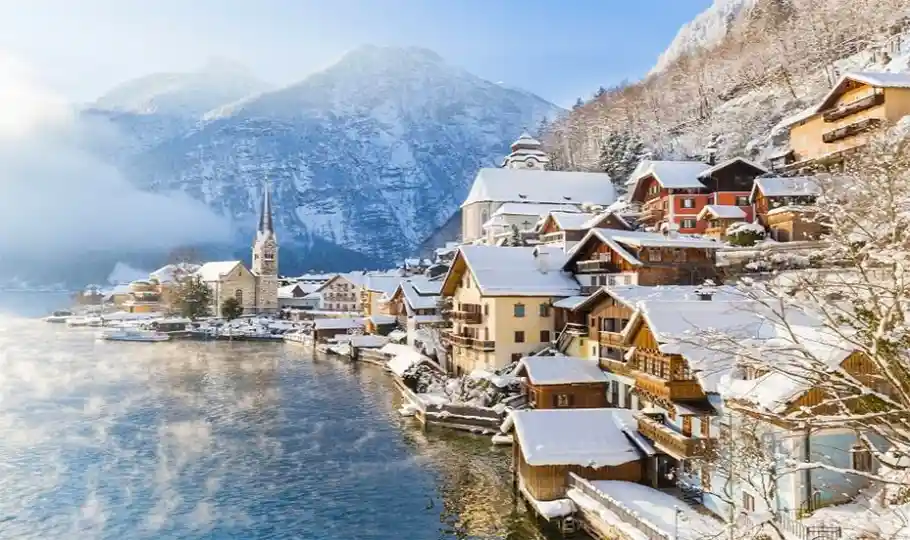
The start of the new year in Europe happens in the coolest weather of the year. Famous European tourist destinations like the UK, France and Germany have a temperature around 3°C and some places hit the freezing point as well. But on the southern tip of Europe, the winters are mild and pleasant. We would suggest places like Lisbon and Seville, as they are at their best during these months.
That’s not all; you can also plan Iceland holidays during January to witness the northern lights magic. Another excellent event taking place during this month is the Icelandic Þorrablót winter festival, which is a centuries-old traditional event celebrated by the locals.
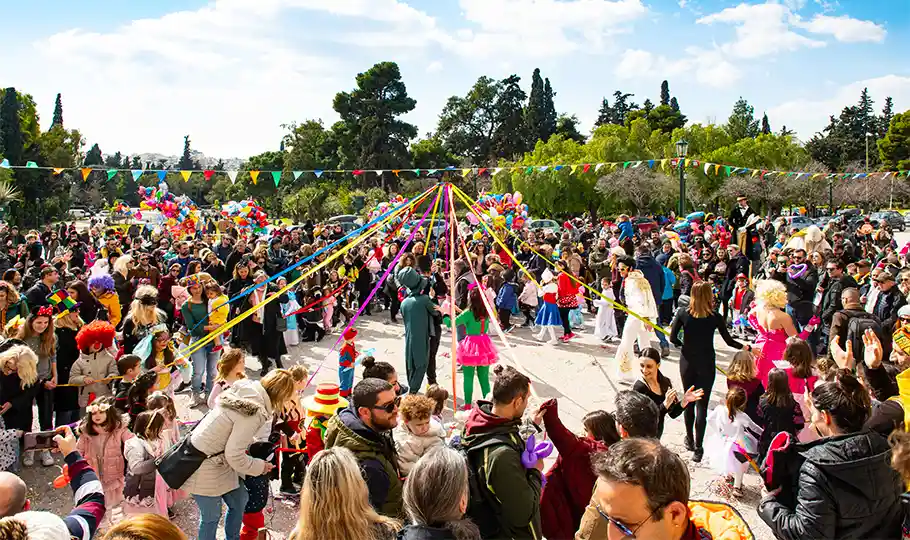
There is not any visible difference during the month of February in terms of weather but yes, things start to change a bit at the end of the month. The ice starts to melt and the flowers start to bloom, giving Europe its typical look back.
Southern Europe is once again a treat to watch during the month of February. The cities, including Venice, start to get ready for the pre-Lent parties. Many of the attractions have short visiting hours but most of them stay open late to accommodate the influx of tourists. And since it is February, how can we forget Valentine's Day? Head over to Paris to amaze your spouse with the best celebration of their life. The whole city is painted red with roses and shades of pink and white in between.
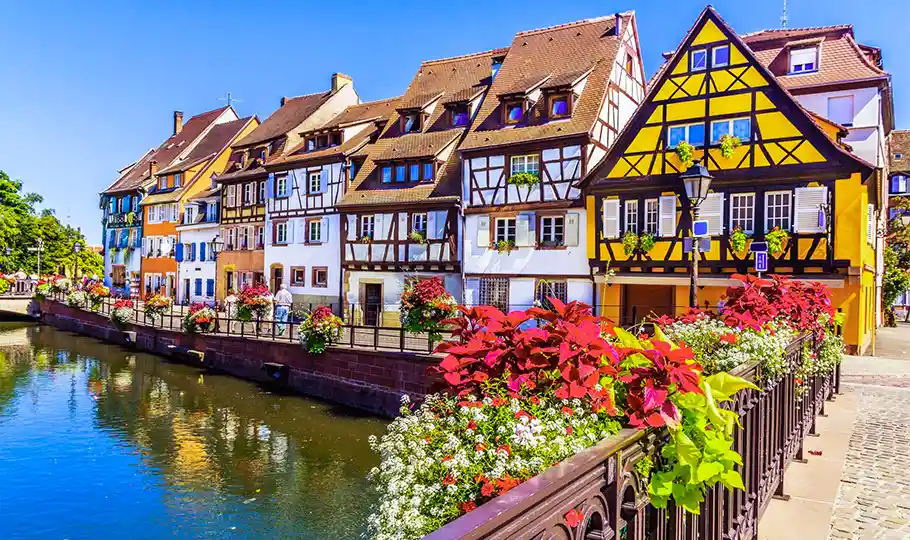
Come March, the weather starts to improve and the flowers are visible almost everywhere. European spring is a marvel to watch but the tourist activities are not too high. The biggest highlight in Europe is the Easter celebrations, depending on whether it comes in March or April.
The Holy Week (the week before Easter) is a time of frequent religious celebrations across Spain and some parts of Portugal and Italy. The temperature in famous countries like England, Germany and France rises gradually and goes up to 10°C during the day with cool evenings.
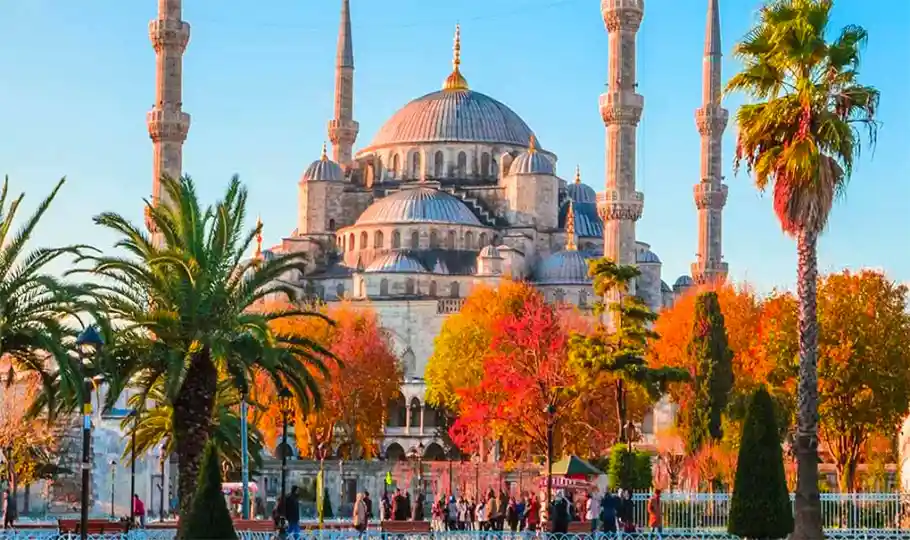
The spring season in Europe is at its best in April. The clocks are moved one hour ahead to get the most out of the longer days. The weather also starts to warm up with mercury touching 20°C and the tourists start to build up as well. The hotels start to open but the prices are still not the highest.
However, the northern parts of Europe are still cool but much better than January and February. April is also an amazing time to plan quick and short Turkey holidays to witness the Istanbul Tulip Festival, which displays the biggest variety of tulips in the entire world. In Seville, the annual fair, held exactly two weeks after Easter, brings dances and unlimited fun to the city, giving people another reason to visit Spain.
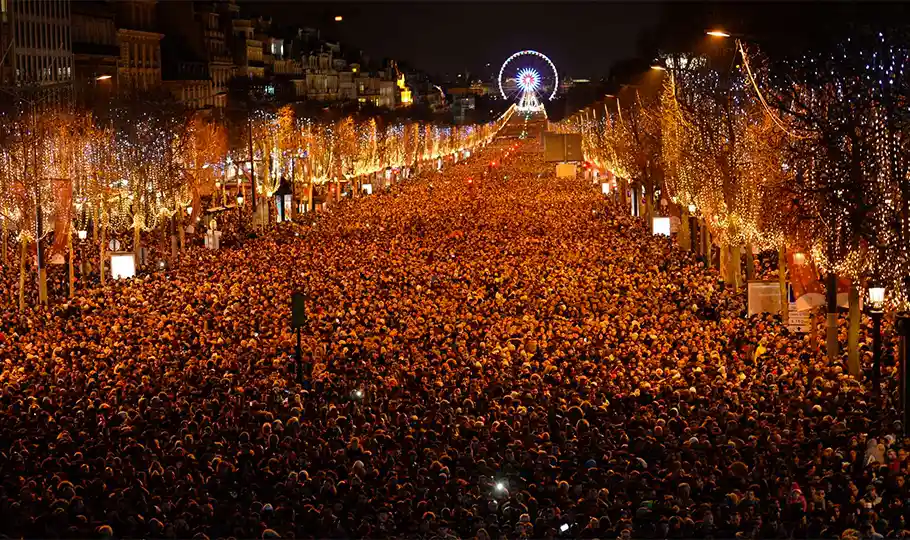
Come May, the weather starts to get warm and an average day is around 15°C–18°C. If you are a nature lover, May is the month to travel. Plus, the crowds are low and the prices are quite affordable. The southern parts of Europe still take a clear lead over the northern areas in terms of weather and dryness but northern Europe is not too far behind.
For art lovers, the Reykjavík Arts Festival in Iceland is nothing short of a heaven. More than a hundred artists display their creations each year and each of them is a master of their work. In southern Iceland, the Kirkjubæjarklaustur Chamber Music Festival is a fun event to attend. The setting of this event in itself is unique as it takes place on a huge lava field. For nature lovers, the flower shows in Amsterdam and London are the best places to visit.
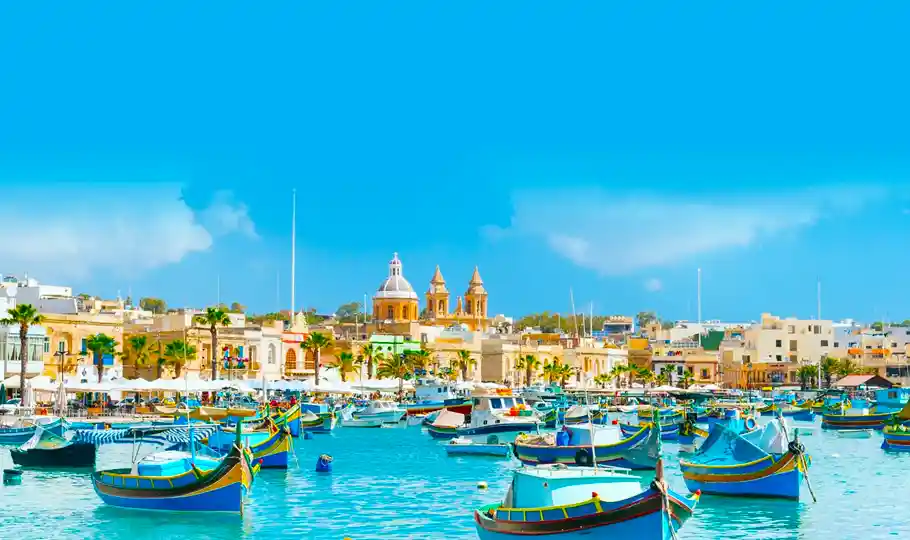
The arrival of June officially kickstarts the summer season in the entire Europe. The first 15 days of the month are still less busy than the last ones because the summer vacations have not yet started. The prices increase but if you book in advance, you can catch an excellent deal. It is also an ideal month to plan Malta holidays because the beaches there are at their best.
The Mediterranean cities are very welcoming and you don't have to bear the typical summer crowds as well. The days are quite long in the northern parts of Europe, making it a great time to visit Scotland or other famous attractions all over the continent.

As the hot days of July set in, the crowds start reaching their peak. The month of July is officially the beginning of Europe's peak season. On an average day, the temperature is around 22°C in the northern parts but it can even touch 28°C on the southern tip of the continent.
The best place to visit during July is France. The lavender fields in Provence look amazing. You can also take part in the celebrations of Bastille Day and the waters in the French Riviera also look amazing during July. If you love horses, then don't skip Palio, a local horse race held in Siena on the 2nd of July every year.

The arrival of August rings the bells for all families to plan their Europe vacations. All the parts of Europe are now warm so you can go to the northern or southern side without any restrictions. August is more likely a peak season for local tourism. International tourists tend to stay away from Europe because they know that the prices are high and the hotels are overbooked.
Just like the crowds, the mercury is on the higher side of things with average temperatures of 28 to 30°C. Almost all the beaches and tourist attractions are loaded with tourists. If you still crave some serenity during all the chaos, plan your Bora Bora holidays as it is still calm and peaceful.
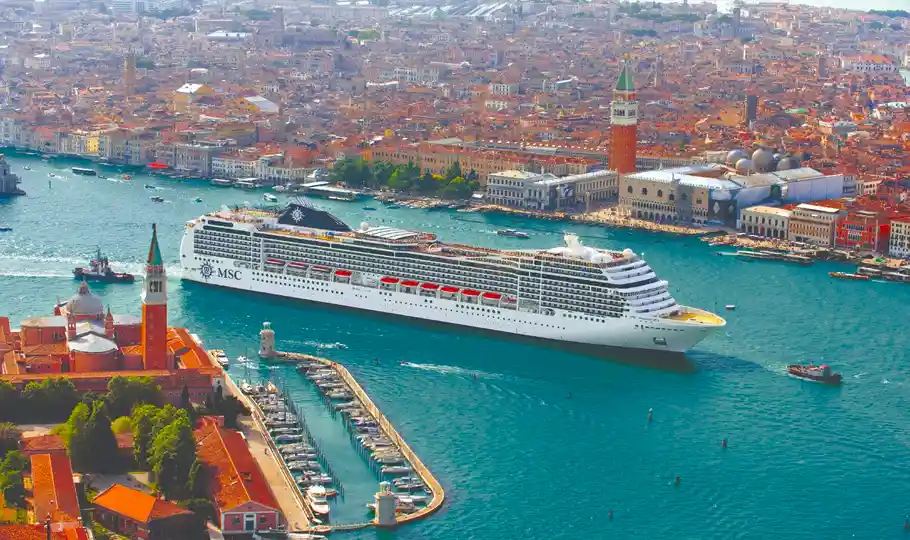
As the kids return to school, the tourists go back to their homes. The crowds vanish, and the hotels are forced to reduce their prices. The reduction in crowds is not the only thing that September sees; the weather also changes from summer to autumn and the temperature starts to fall. The first 15 days of the month are an exciting time to go for a beach trip or plan a cruise holiday around Europe.
If you ask us to mention one month as the best time to visit Europe, we would name September. Well, we have our reasons and here are some of them to help you understand why we say this.
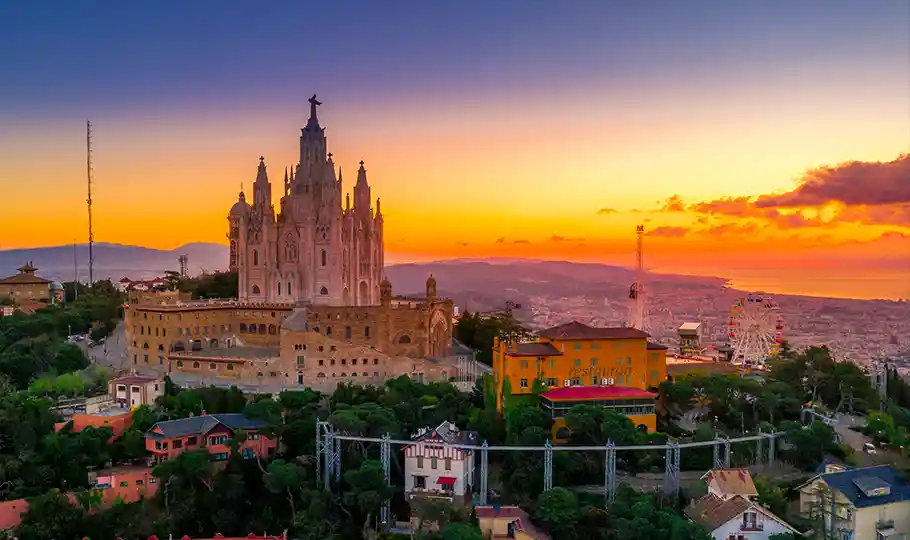
If you are coming from the hotter side of the world like Asia, then October is a great time to visit Europe. They’ll love the cool evenings and slightly warmer days. Sightseeing is very much possible but with a jacket on in the last 15 days of the month.
Just as we discussed earlier, the temperature of Europe varies from region to region; the southern tip is still warm and perfect for all activities, including a beach holiday. Just to make you understand the temperature difference between different areas of Europe, Spain in October is around 20°C and Iceland is 6°C. Apart from the natural beauty of Europe, autumn brings in a unique touch, which is pleasant to the eyes in its own way.

With the arrival of November, the temperature starts to drop and daytime readings are as low as 8°C across the different parts of Europe. The stark temperature difference between the southern and northern countries start to end. The biggest advantage of visiting Europe in November is the extremely low prices and the fewer crowds. The opening hours of various tourist spots are quite different, so make sure you check them out before making your plans.
The big cities like Rome, Paris and London are still visible because they are home to many closed tourist attractions. If you like to capture the places you visit, November is the right time as they are mostly empty. November is also an ideal window to visit Iceland and check out the northern lights.
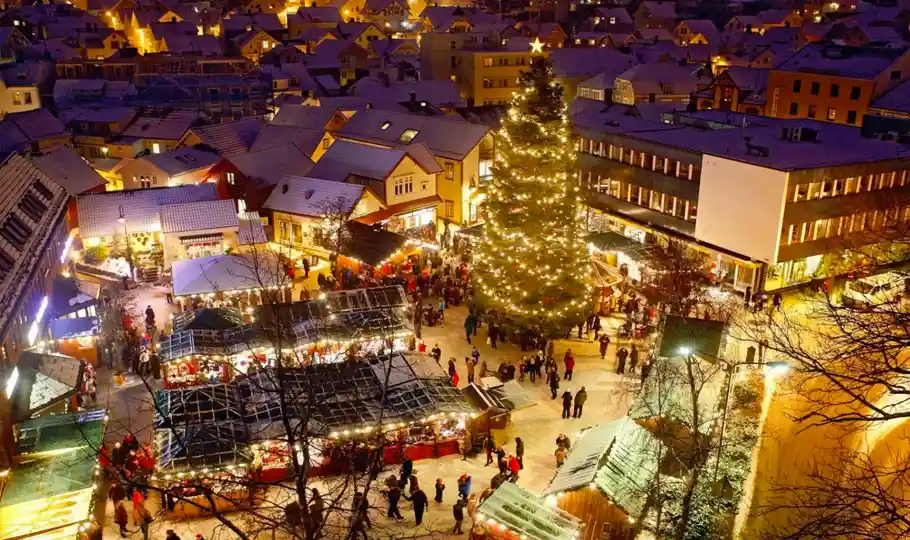
While the weather is extremely cool and snow is a common event, Christmas and New Year celebrations rule most of December in Europe. Norway and Sweden receive the most snow as the temperature drops, so keeping a raincoat and snow boots is a must if you are visiting.
The wine and coffee become a must for almost every tourist and local during December. Shopaholics can find many good deals across Europe. New Year parties are held in almost every city but the best celebrations are held in Edinburgh, London and Paris.
Rain in Europe is quite unpredictable, especially in the UK. If you don't know about the ins and outs of European weather, you will be shocked to see how often it rains and how quickly it stops. But the majority’s vote is in favour of the winter season as the wettest time in Europe.
However, it varies from region to region as well. Norway has around 20 days per month from October to March. The southern parts of Europe receive a lot less rain than the western and northern parts.
Europe is a truly year-round destination, with September the best month. Although it is not the official peak season as per the stats, it has its perks and we have mentioned them in detail already. If you still want to know more about the right time to visit Europe, call us right away and we will take care of the rest.
Leave a Reply
Your email address will not be published. Required fields are marked *
Save my name, email, and website in this browser for the next time I comment.